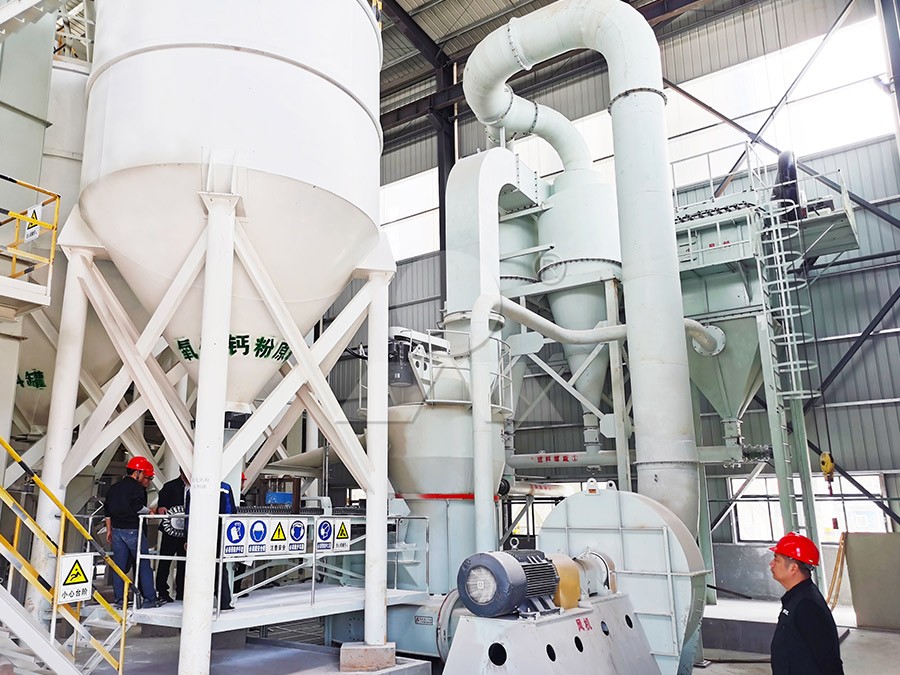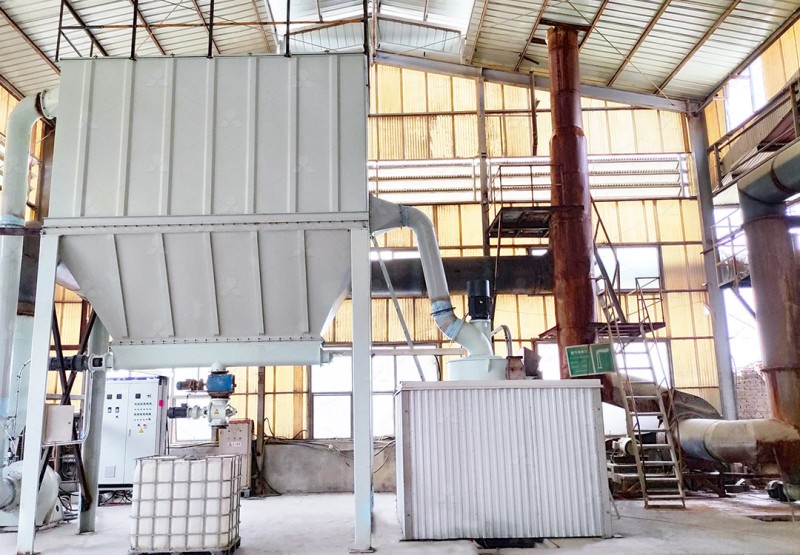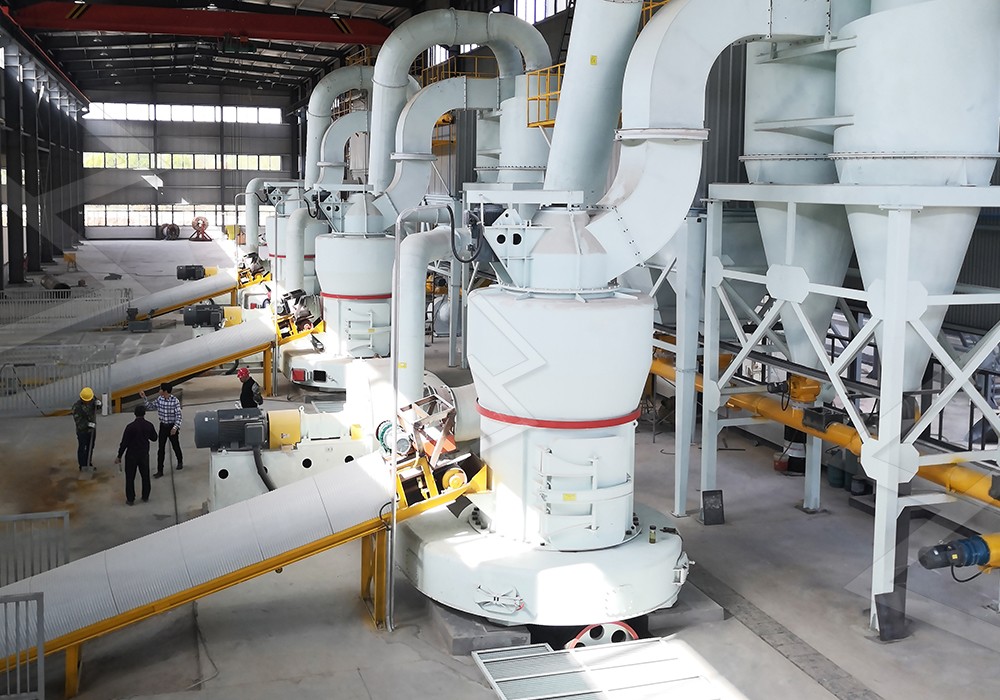Limestone Grinding Mill: Equipment for Processing Raw and Hydrated Lime
Limestone Grinding Mill: Equipment for Processing Raw and Hydrated Lime
Limestone processing represents one of the most fundamental operations across numerous industrial sectors, from construction materials to chemical manufacturing. The transformation of raw limestone and hydrated lime into precise powder specifications demands grinding equipment that combines efficiency, reliability, and environmental consciousness. As industries increasingly prioritize sustainable operations without compromising productivity, selecting the appropriate grinding technology becomes paramount.

The journey from quarry-extracted limestone to various powder grades involves multiple stages of size reduction. Initial crushing prepares the material for fine grinding, where the true technological sophistication emerges. Modern grinding mills must address several critical factors: particle size distribution control, energy consumption optimization, wear resistance, and dust management. Each application—whether for construction materials, flue gas desulfurization, or chemical processes—carries unique requirements that influence equipment selection.
The Evolution of Limestone Grinding Technology
Traditional grinding approaches often relied on ball mills or Raymond mills, which while serviceable, frequently suffered from high energy consumption, limited fineness control, and significant environmental impact. Today’s advanced grinding systems incorporate intelligent design features that address these historical limitations. Technologies such as forced lubrication systems, advanced classifier designs, and integrated dust collection have transformed limestone processing into a precise, efficient operation.
One notable advancement comes in the form of ultra-fine grinding solutions that push the boundaries of fineness while maintaining operational economy. The MW Ultrafine Grinding Mill exemplifies this progress, offering fineness adjustment between 325-2500 meshes with remarkable energy efficiency. This equipment achieves production capacity 40% higher than jet grinding mills and double that of ball grinding mills, while consuming only 30% of the energy of jet grinding alternatives. Its innovative design eliminates rolling bearings and screws within the grinding chamber, addressing common failure points that plague conventional mills.

Application-Specific Considerations
Different limestone applications demand distinct approaches. Construction-grade hydrated lime requires consistent particle distribution for optimal reactivity, while fillers and extenders demand ultra-fine specifications with high whiteness retention. Chemical applications often prioritize purity and minimal iron contamination. Understanding these nuances guides the selection process toward equipment that aligns with both immediate production needs and long-term operational goals.
For operations requiring exceptional fineness with robust production capabilities, the LUM Ultrafine Vertical Grinding Mill presents a compelling solution. Integrating German powder separating technology with unique roller shell designs, this mill generates material layers more effectively and achieves high finished product rates through single-pass milling. Its double position-limiting technology ensures operational stability even under challenging conditions, while the reversible structure simplifies maintenance procedures that traditionally required extensive downtime.
Environmental and Operational Synergy
Modern grinding operations can no longer consider production efficiency in isolation from environmental responsibility. Dust emissions, noise pollution, and energy consumption all factor into the sustainability equation. Contemporary grinding mills address these concerns through integrated pulse dust collectors, noise reduction chambers, and optimized grinding mechanics that minimize power requirements without compromising output quality.

The regulatory landscape continues to evolve, with stringent standards governing industrial emissions and workplace safety. Equipment designed with environmental compliance as a core principle, rather than an afterthought, provides operators with confidence in their long-term operational viability. Features such as external lubrication systems that enable maintenance without shutdown, and fully sealed negative-pressure operation that contains dust, represent the new benchmark for industrial grinding equipment.
Frequently Asked Questions
What fineness range can be achieved with modern limestone grinding mills?
Advanced grinding mills like the MW Series can produce powders ranging from 325 to 2500 meshes, with some applications achieving particle sizes as fine as 5μm (d97). The exact fineness depends on the specific mill configuration and material characteristics.
How does energy consumption compare between different grinding technologies?
Modern ultra-fine grinding mills typically consume 30-50% less energy than traditional jet mills or ball mills while achieving higher production rates. For example, the MW Ultrafine Grinding Mill operates at just 30% of the energy consumption of comparable jet milling systems.
What maintenance advantages do contemporary designs offer?
Innovations such as external lubrication systems, reversible roller structures, and the elimination of internal screws and bearings significantly reduce maintenance requirements. These designs enable routine maintenance without production stoppages and extend intervals between major overhauls.
How do modern mills address environmental concerns?
Integrated pulse dust collectors, silencers, negative-pressure operation, and advanced sealing technologies minimize dust emissions and noise pollution. Many contemporary mills exceed national environmental standards while maintaining production efficiency.
What production capacities are available for limestone grinding?
Capacity ranges vary by mill type, with ultra-fine grinding mills typically handling 0.5-25 tph, while larger vertical mills can process up to 340 tph. Selection depends on required fineness, material characteristics, and production volume requirements.
